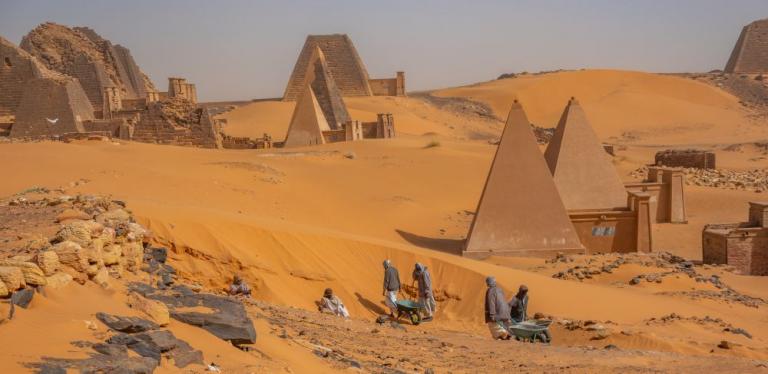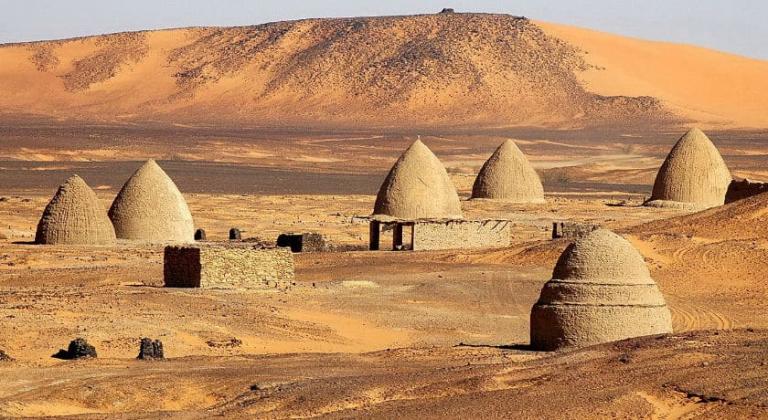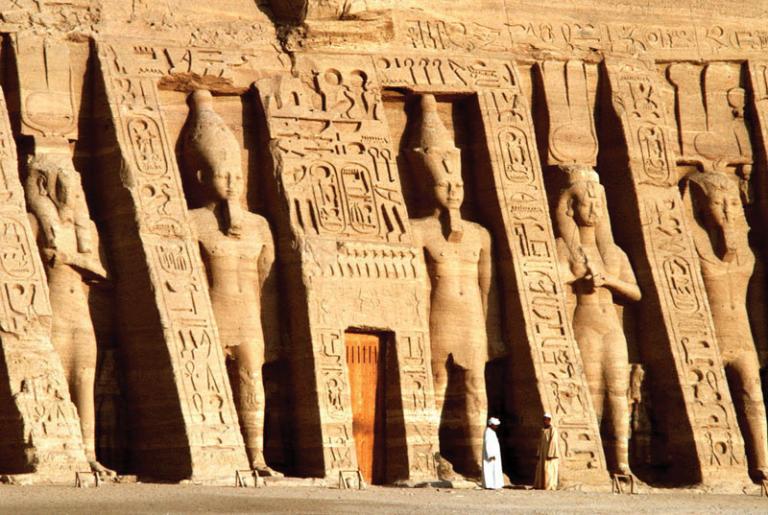Wusun Mound Tombs
3 min readThe Wusun Mound Tombs were the tombs of Wusun people-the ancient nomadic nation in the northwest region of ancient China. From the 2nd century BC to the 5th century AD, the area of Bortala was the nomadic area of Wusun people all the time. Therefore there are a great number of Wusun Mound Tombs within the territory of Bozhou.

The written records related to Wusun came into existence in the earlyWestern Dynasty with the ethnic origin of Wusun people from Kunyi and Kunrong of the Shang and Zhou Dynasties. Wunsun people who originallylived a nomadic life in Dunhuang and Qilian Mountains along the Hexi Corridor was the ancestors of Kazak people, and expelled the DaRouzhi in 161 BC with the support of Huns to migrate to the lli River Basin. In 105 BC, due to being afraid of the powerful Huns, Wusun King Kunmoliejiaofei required having a friendly relation with the Han Dynasty, thus he sent envoys to offe horses to the Han Dynasty, requesting intermarriage with the Han Dynasty.Emperor Wudi of the Han Dynasty accepted his request with pleasure, and married Princess Xinjun in 105 BC,a daughter of Jiangdu Prince Jiu Jian, to Kunmoliejiaofei. Due to not adapting to the climate and life in the Wunsun kingdom, Princess Xinjun passed away because of illness two years later. After Princess Xinjun died, Wusun King continued to ask Emperor Wudi of the HanDynasty for the intermarriage, and Emperor Wudi married Princess Jieyou,a granddaughter of Chu Prince Jiu Shu, to Wusun King Jun Xufei. After the death of Jun Xufei, Princess Jieyou remarried Weng Guifei according to customs of Wusun people and gave birth to three boys and two girls. Having a strong and valiant personality, Princess Jieyou could help Weng Guifei to deal with state affairs. After the death of Weng Guifei, Princess Jieyou returned to Chang’ an in 51BC with the support of three grandsons and was preferentially treated by Emperor Wudi. Three years later, Princess Jieyou died of illness. The two intermarriages of Princess Xijun and Princess Jieyou reflected desires of the Han Dynasty and Wusun kingdom for actively demanding alliance. Both Princess Xijun and Princess Jieyou contributed to the friendly relation between the Han Dynasty and the Wusun kingdom as well as other western countries, and brought a positive impact on achieving an intimate relation between each western country and the Han Dynasty, promoting the economic development in the western regions and unifying the western regions by the Han Dynasty later.

The mounds of the Wusun Mound Tombs are usually 7-8m high with the bottom circumference of large mounds reaching up to 200-300m. The tombs of each tomb group range from 2 or 3 to dozens. The tombs are not only arrayed in the south-north orientation and arrayed in chain-like single or multiple lines, but also irregularly arrayed similar to a horseshoe shape, triangular shape or scattered shape. Most tombs are arrayed in the south-north orientation and grouped in odd number.
There are 11 Wusun Mound Tombs including two tombs in Wenquan County, four tombs in Boele city and five tombs in Jinghe County, meanwhile there are 150 grave mounds discovered in the Bortala Mongol Autonomous Prefecture, The quantity difference of the tombs at each place is large. The place with concentrated tombs preserves dozens of tombs, while the place withrare tombs only preserves 2 or 3 tombs. The difference in the packing size of the mounds is also large, with the bottom diameter and the height of the largest mound respectively being nearly one hundred meters and about more than ten meters, while the bottom diameter and the height of the smallest mound respectively being 2-3m and less than 1m. Most of the tombs have collapsed pits on the top. Some mounds are covered by vegetation which is thesame as the local steppe vegetation, while some are accumulated by loess, fine sand and gravels.
All the mound tombs are shaft graves. There are wooden coffins, funeral slaves and a great number of animals in large-scale tombs. And there are a lot of ironware, silk fabrics, refined terracotta, gold rings and gold earrings and so on among the unearthed cultural relics.









